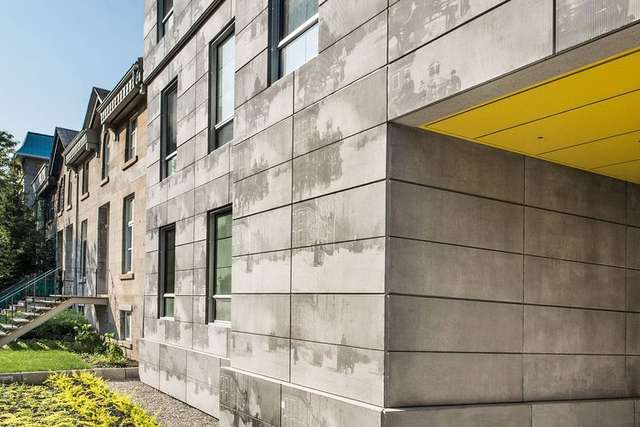Innovation & Tech
University of Alberta Engineers Develop Self-Healing Concrete
Researchers in Edmonton have created a concrete mix that repairs its own cracks, potentially saving millions in infrastructure maintenance costs across Canada’s cold climates.
By By Kevin Marshall • 2025-07-12

Researchers at the University of Alberta have unveiled a breakthrough in construction materials: a self-healing concrete capable of repairing its own cracks over time. The innovation, announced this week, could significantly extend the lifespan of roads, bridges, and buildings, especially in regions prone to harsh freeze-thaw cycles like Alberta.
The concrete contains microcapsules filled with a special mineral solution that is released when cracks form. Once exposed to air and moisture, the solution crystallizes, sealing the gaps before they expand. This process can occur multiple times without compromising the structural integrity of the material.
Dr. Sandra Koenig, the project’s lead engineer, explained that the research was inspired by similar concepts in materials science, including self-healing polymers. “Our goal was to adapt the idea for large-scale infrastructure, where maintenance costs are high and disruptions can be significant,” she said.
Field trials are already underway on a stretch of roadway outside Edmonton, with sensors embedded in the pavement to monitor the concrete’s performance in real-world conditions. Initial results suggest the material can prevent small cracks from becoming major repairs, potentially reducing maintenance budgets by millions of dollars annually.
The project has attracted interest from municipalities across Canada, as well as private developers seeking more sustainable building materials. Construction firms in Ontario and British Columbia have expressed interest in pilot projects, citing the potential to improve safety and reduce environmental impact.
While the new material is more expensive to produce than traditional concrete, researchers believe the reduced need for repairs and replacements will make it cost-effective in the long term. Koenig’s team is now working with industry partners to refine the formula and explore ways to scale up production.
Environmental advocates have praised the innovation for its potential to reduce construction waste and carbon emissions. “If this technology is adopted widely, it could have a significant positive impact on the sustainability of our built environment,” said Michael Tan, a civil engineering consultant based in Calgary.
The University of Alberta plans to publish a full report on the field trials early next year, with hopes that the results will pave the way for commercial production within five years.